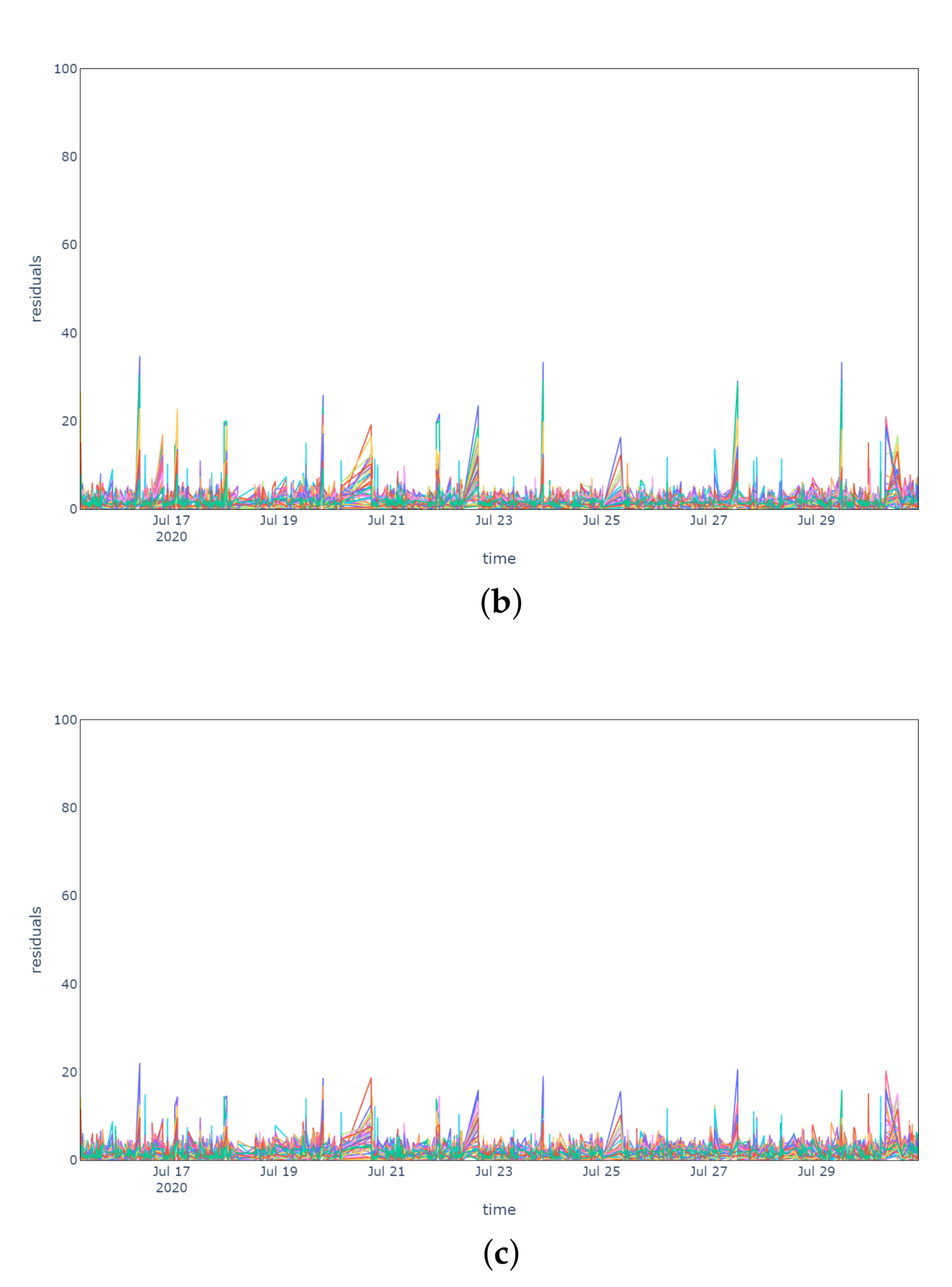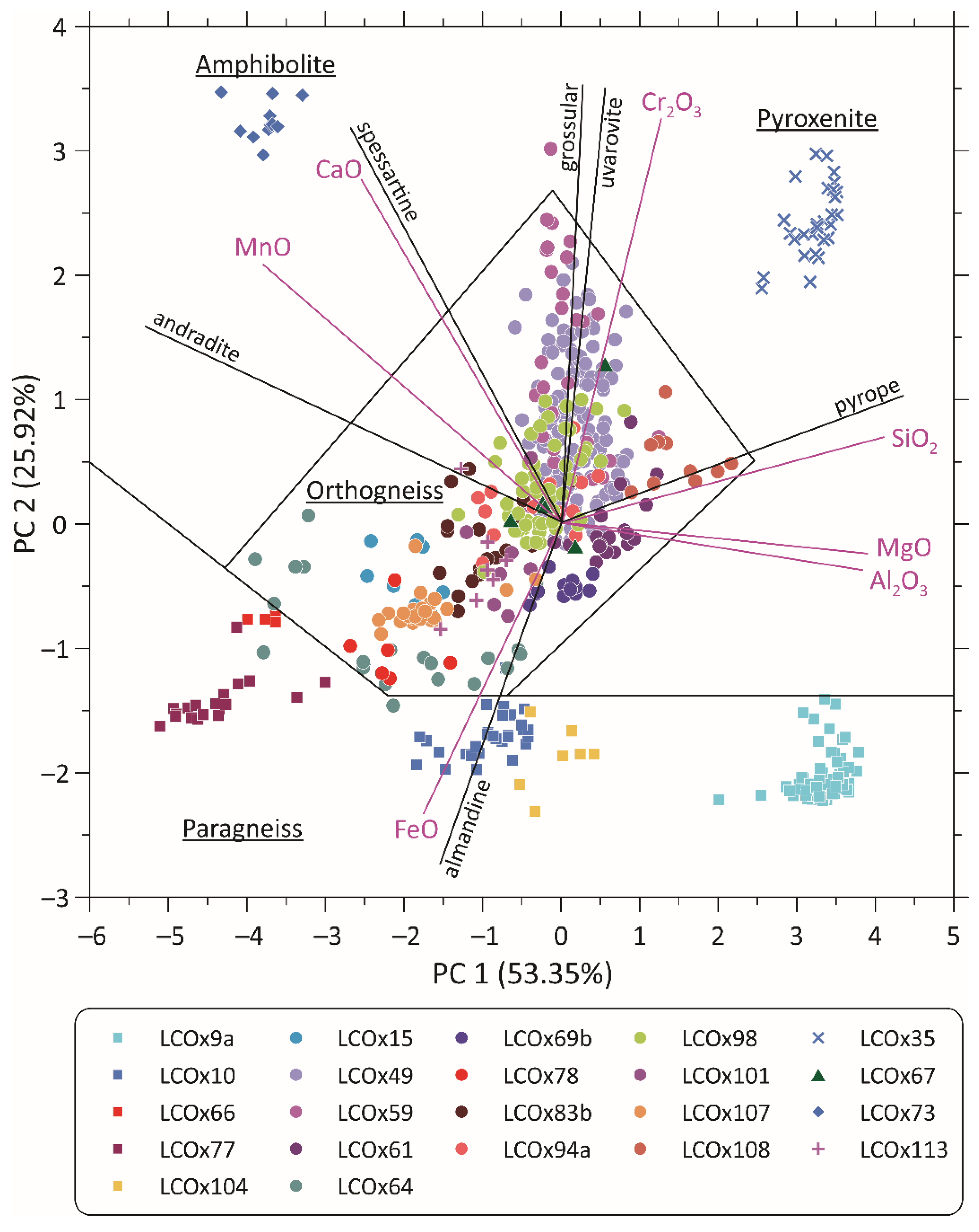

įeng C, Xia X, Shen Z, Zhou Z (2007) Distribution and sources of polycyclic aromatic hydrocarbons in Wuhan section of the Yangtze River, China. (02)00484-9įang G, Wu Y, Chang C, Ho T (2006) RETRACTED: a study of polycyclic aromatic hydrocarbons concentrations and source identifications by methods of diagnostic ratio and principal component analysis at Taichung chemical Harbor near Taiwan Strait. ĭahle S, Savinov VM, Matishov GG, Evenset A, Næs K (2003) Polycyclic aromatic hydrocarbons (PAHs) in bottom sediments of the Kara Sea shelf, Gulf of Ob and Yenisei Bay. Ĭhen Y, Sheng G, Bi X, Feng Y, Mai B, Fu J (2005) Emission factors for carbonaceous particles and polycyclic aromatic hydrocarbons from residential coal combustion in China. Ĭesari D, Amato F, Pandolfi M, Alastuey A, Querol X, Contini D (2016) An inter-comparison of PM10 source apportionment using PCA and PMF receptor models in three European sites. Ĭao Q, Wang H, Chen G (2011) Source apportionment of PAHs using two mathematical models for mangrove sediments in Shantou coastal zone, China. īzdusek PA, Christensen ER, Li A, Zou Q (2004) Source apportionment of sediment PAHs in Lake Calumet, Chicago: application of factor analysis with nonnegative constraints.

īelis CA, Pernigotti D, Karagulian F, Pirovano G, Larsen BR, Gerboles M, Hopke PK (2015) A new methodology to assess the performance and uncertainty of source apportionment models in intercomparison exercises. īaudic A, Gros V, Sauvage S, Locoge N, Sanchez O, Sarda-Estève R, Kalogridis C, Petit J-E, Bonnaire N, Baisnée D, Favez O, Albinet A, Sciare J, Bonsang B (2016) Seasonal variability and source apportionment of volatile organic compounds (VOCs) in the Paris megacity (France). The results indicated that the PMF model was most reasonable in PAH source apportionment research in this study.Īndersson M, Klug M, Eggen OA, Ottesen RT (2014) Polycyclic aromatic hydrocarbons (PAHs) in sediments from lake Lille Lungegårdsvannet in Bergen, western Norway appraising pollution sources from the urban history. Four aspects including intra-comparison, inter-comparison, source numbers and compositions, and source contributions were considered in comparison study. The PMF model segregated an additional source: domestic coal combustion (contributed 20.9% to the ∑ 16PAHs).

The source apportionment results derived from three receptor models were similar, with three common sources: mixed sources of biomass burning and coal combustion (31.0–41.4% on average), petroleum combustion (31.8–45.5%), and oil leakage (13.1–21.3%). Sixteen USEPA priority PAHs in 37 sliced sediment layers (1-cm interval) were measured, with the concentrations of ∑ 16PAH (sum of 16 PAHs) ranging from 93.0 to 431 ng g −1. Thus, in this paper, three receptor models including principle component analysis-multiple linear regression (PCA-MLR), positive matrix factorization (PMF), and Unmix were used to PAH source apportionment study in a sediment core from Honghu Lake, China. However, the temporal distribution of PAH source contributions is less studied.

The spatial distribution of polycyclic aromatic hydrocarbons (PAHs) and their source contributions employing receptor models has been widely reported.


 0 kommentar(er)
0 kommentar(er)
